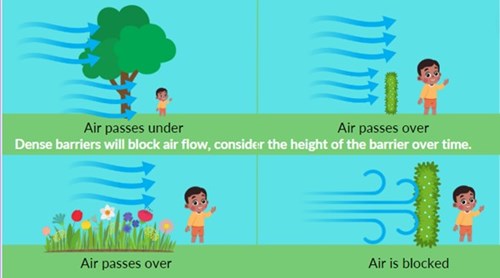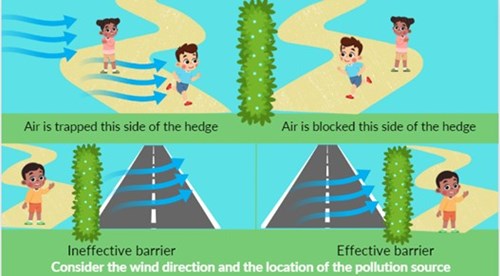
Funded by the Bradford Clean Air Zone (CAZ)
 The closing date for full applications for the Clean Air Schools Programme has been extended to 15 March 2024. Please note, if you submit your application after this date, it will not be considered.
The closing date for full applications for the Clean Air Schools Programme has been extended to 15 March 2024. Please note, if you submit your application after this date, it will not be considered.
We are keen to enable schools to get maximum grant possible for their project. We have created this information pack to help you make the full application.
To help you get ready to complete your application we recommend the following steps:
Unfortunately, we can't fund everything, and this fund won't cover the following:
Projects that don’t meet the main programme aims of improving local air quality and reducing exposure to air pollutants in and around your immediate school environment.
Projects relating to low energy lighting. These are an excellent way of reducing your school’s impact on global climate change but are unlikely to improve air quality directly outside your school so fall outside the remit of this grant programme.
Projects that involve the use of wood burning such as installation of biomass boilers or outdoor activities that include cooking or making crafts using open fires or similar.
Projects aimed primarily at supporting pollinators or growing food, such as introduction of wildflower gardens or vegetable patches. These are fantastic schemes for schools to support but are outside the scope of this grant scheme. You may be able to access support for planting from other schemes such as Grow Wild or Seed parade.
Tree / shrub planting schemes unless they are being planted specifically to create a natural green barrier between children and busy main roads / car parks. If you are planning a green wall or similar, please see the enclosed advice on this issue to maximise your chance of a successful grant application.
EV charging facilities – are eligible for other forms of support and therefore cannot be funded via the CASP programme.
Any EV charging proposals for schools and potential funding streams can be explored further by contacting the energy team at BEEnergy@bradford.gov.uk.
The team will need the following information:
On going running and maintenance costs of any new scheme or equipment you introduce at your site. This is a capital only grant fund. Please ensure any facilities you intend to develop can be maintained in the longer term and this is evidenced in your application.
VAT you can re-cover.
Any cost associated with obtaining planning permission or building regulation approvals for your project.
Providing 'green infrastructure' in the form of trees or large shrubs may seem like an attractive option for reducing pollution exposure at your school but unless it is carefully planned and thought through it could make the situation worse and have significant ongoing cost associated with it.
Here are some points to consider when planning green infrastructure projects:

If people need to walk on both sides of your green barrier, you could make the situation worse for those walking next to the road to get to your entrance. Think about where pedestrians are likely to be in relation to your barrier when planning your green infrastructure.

All grant applications for green infrastructure should as a minimum include:
You may need to apply for planning permission to make significant changes to the appearance of your boundary, especially if your site is within conservation area. Your application should indicate if your proposal is likely to be subject to any planning constraints and whether or not you have already discussed this with the planning department. We are unable to fund the cost of any planning applications required to support your project.
Make sure you check out any relevant national guidance out there for best practice ideas before you design your project. We can’t provide information on everything you might apply for here but an example is:
If you have any questions or concerns about your application and want check with our team about certain elements, please email us: Cleanairschools@bradford.gov.uk
